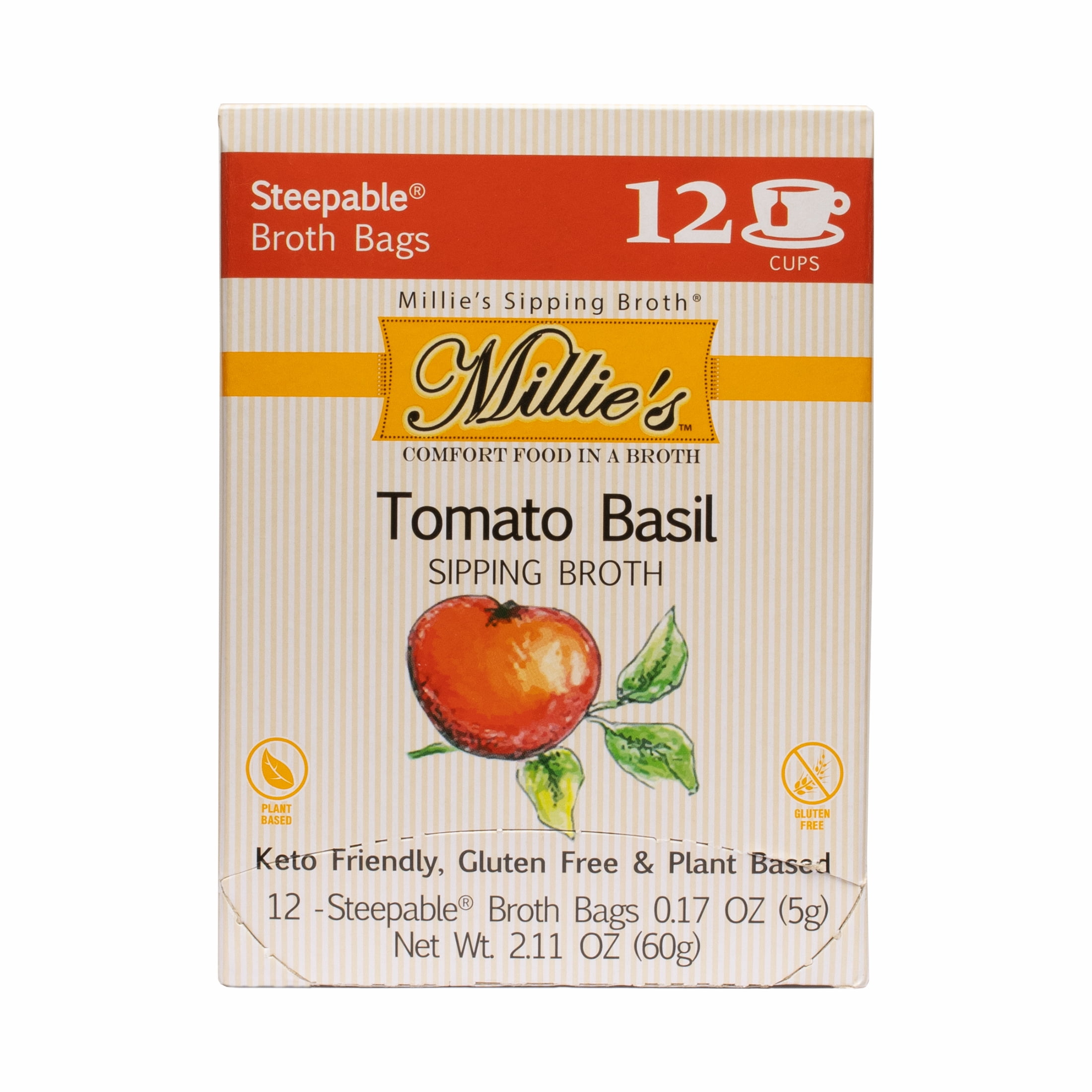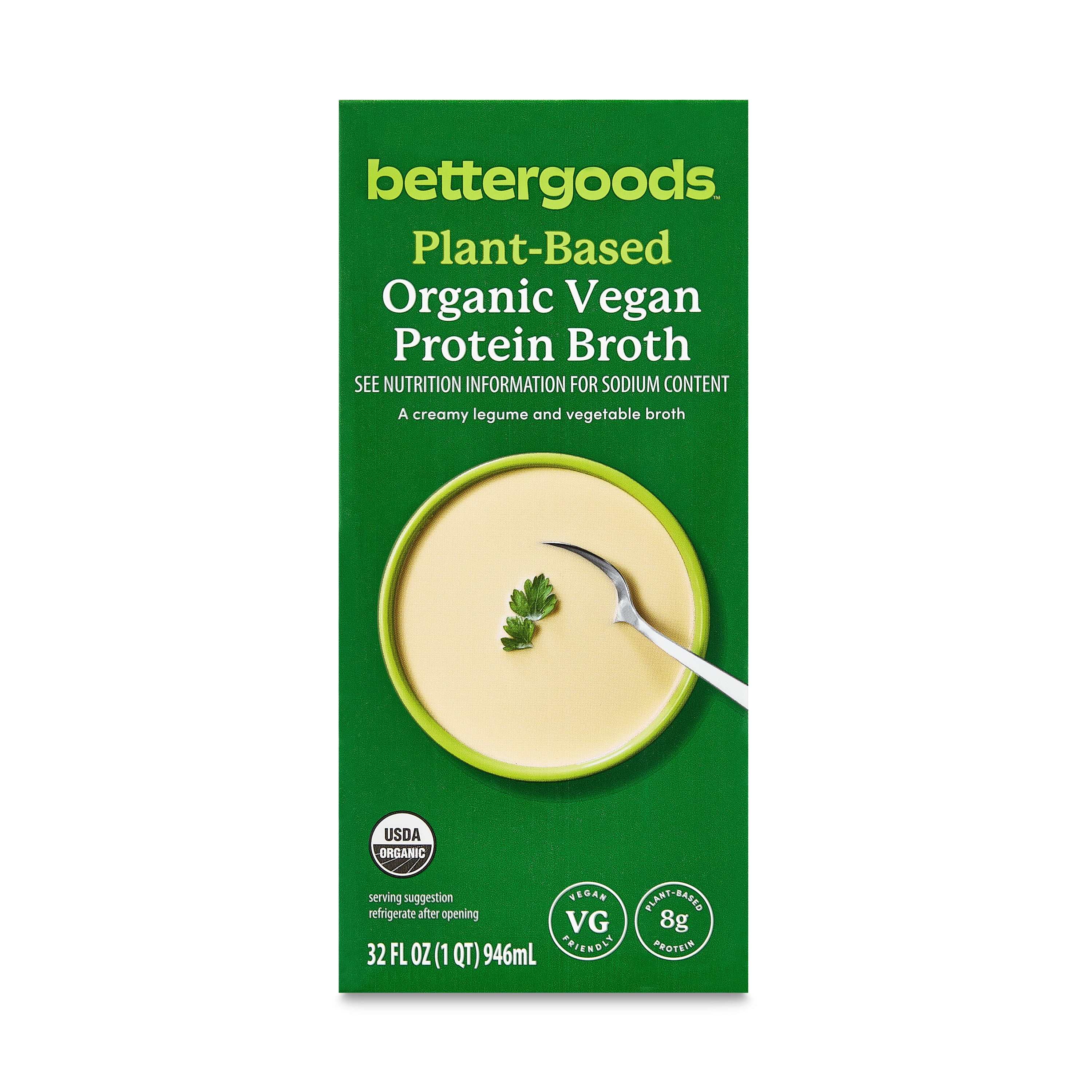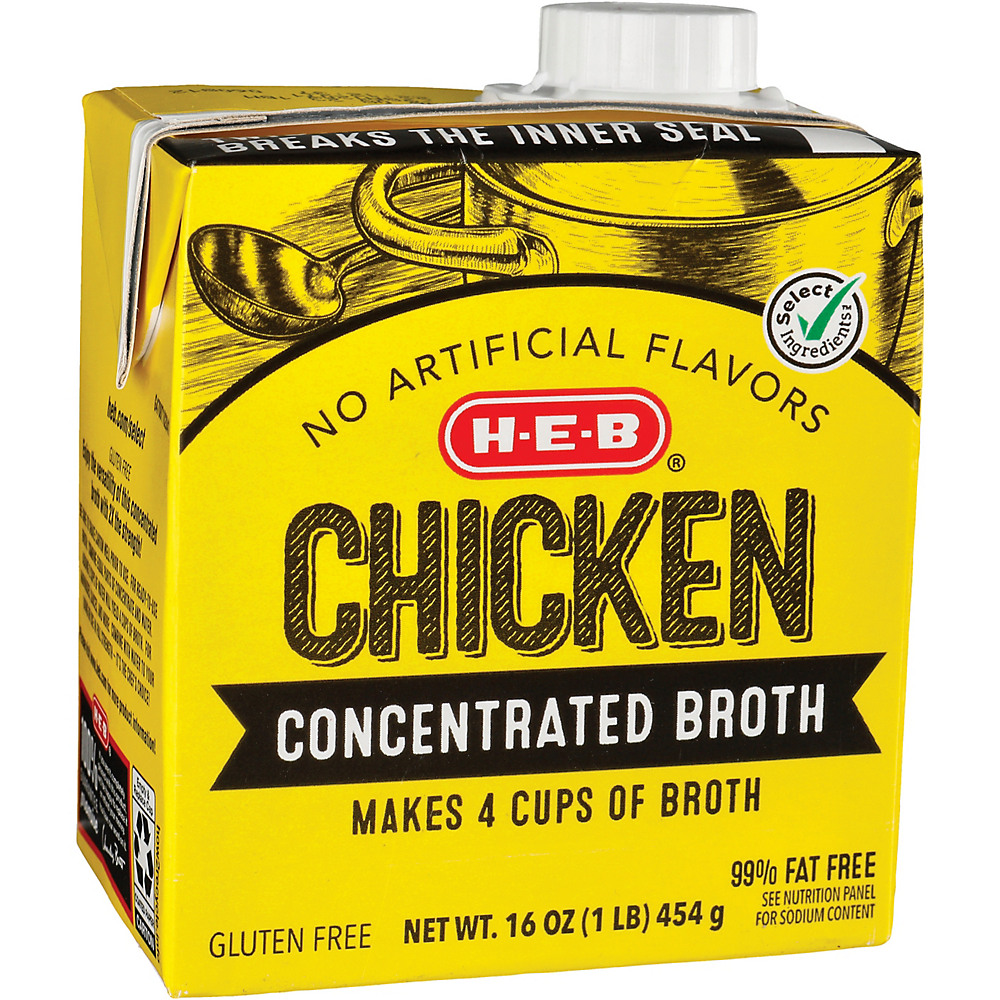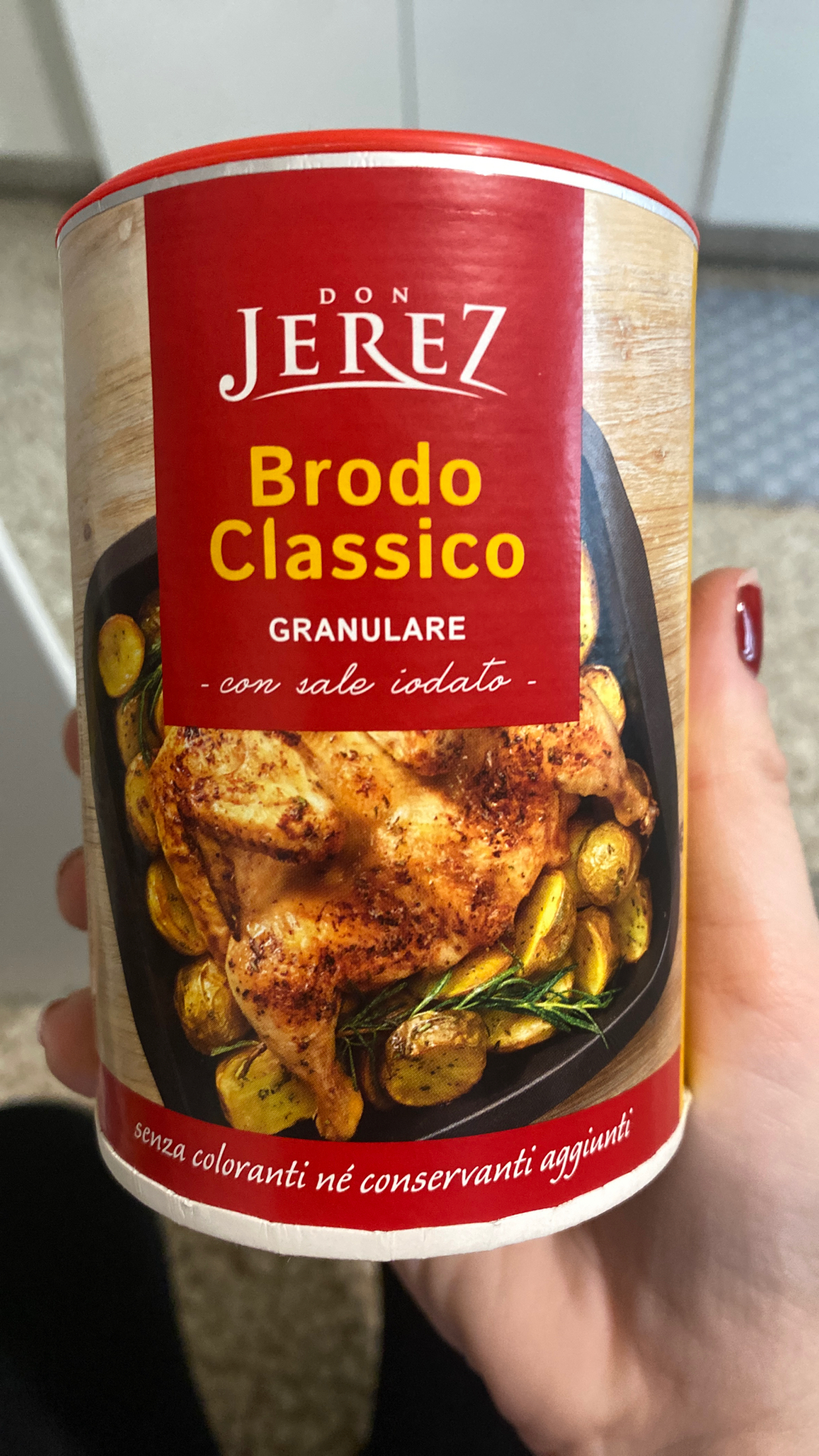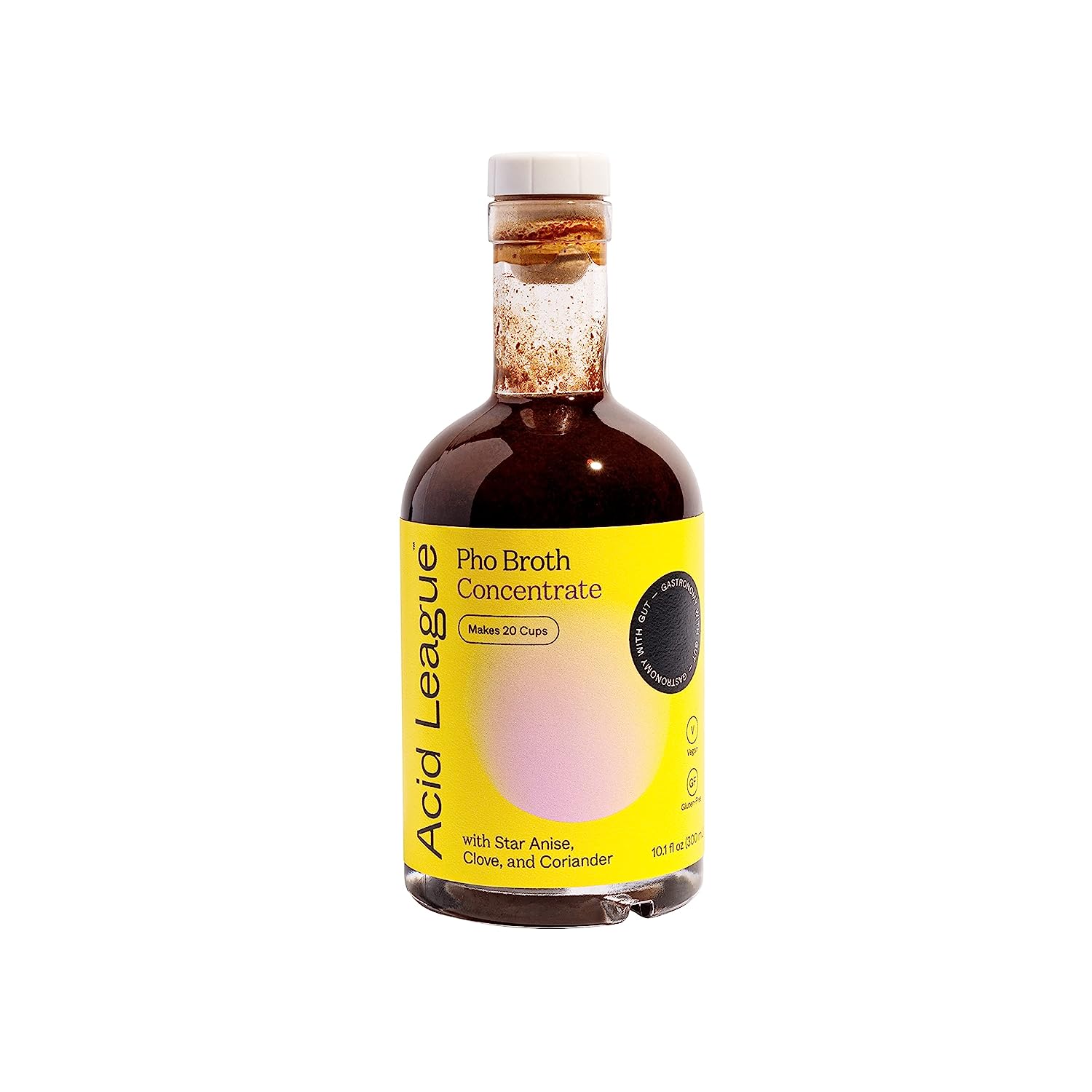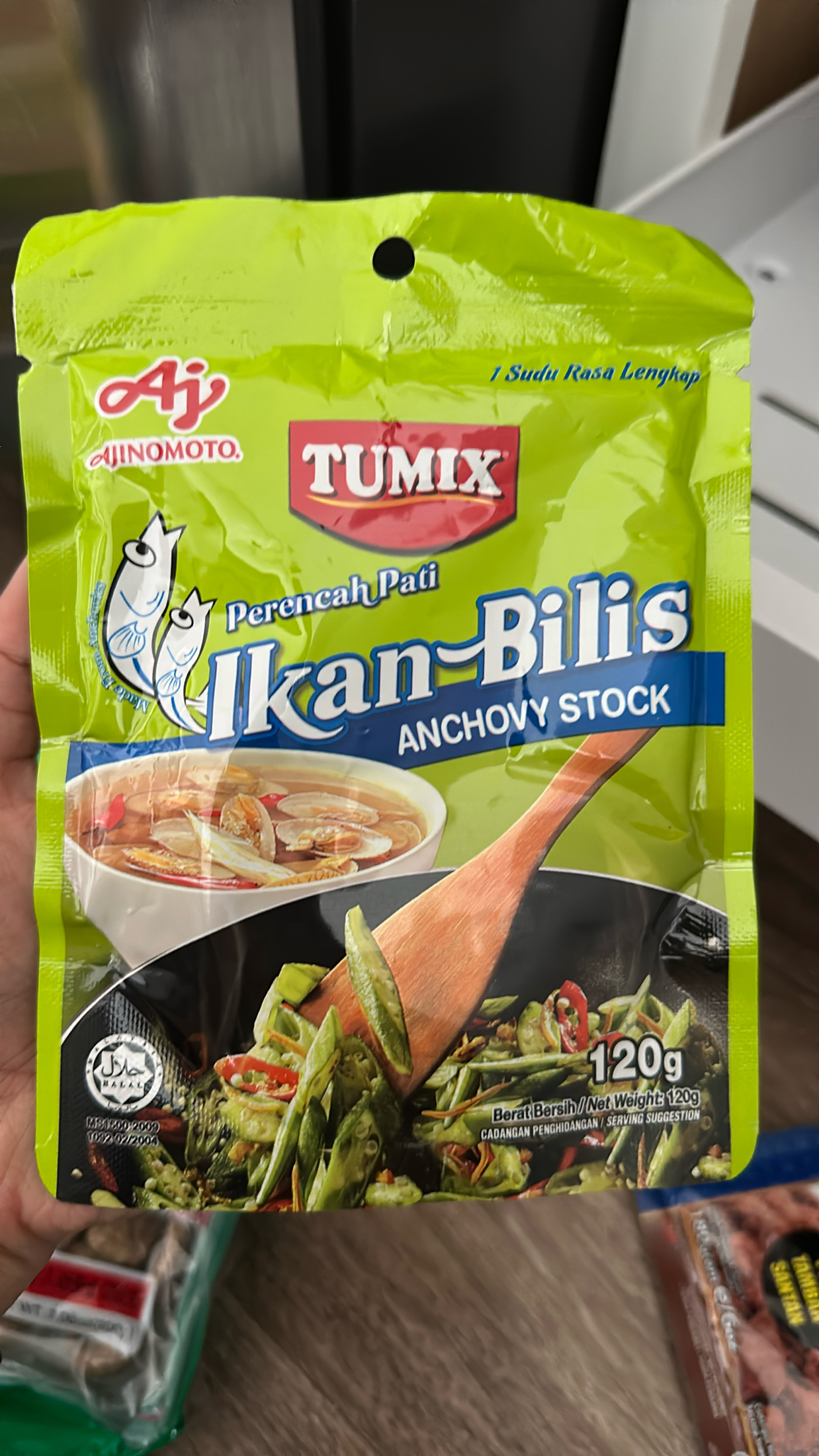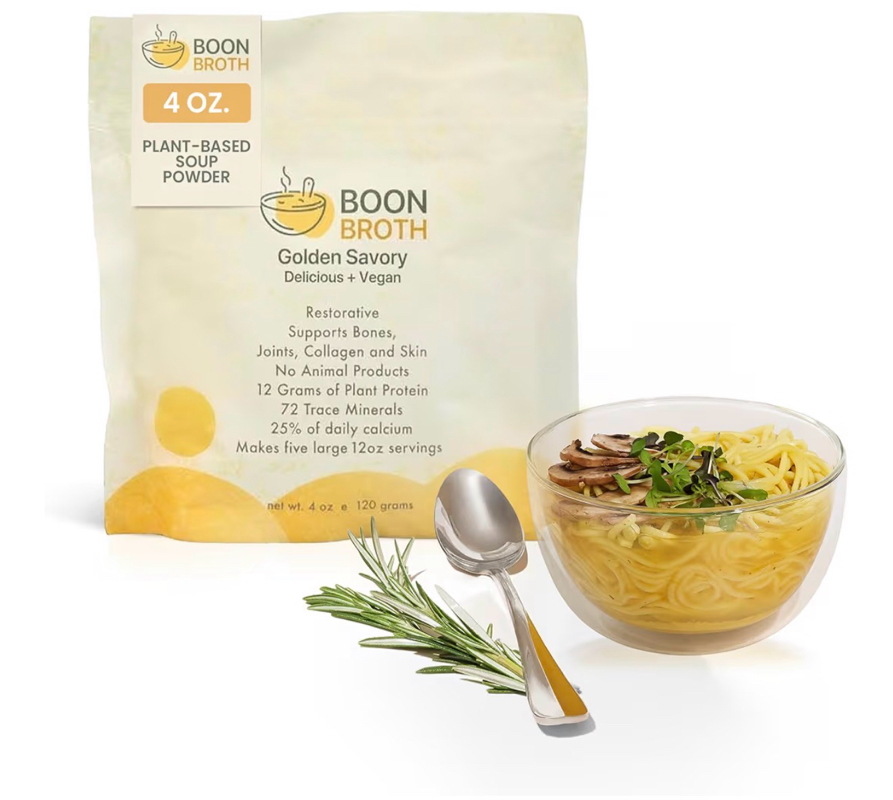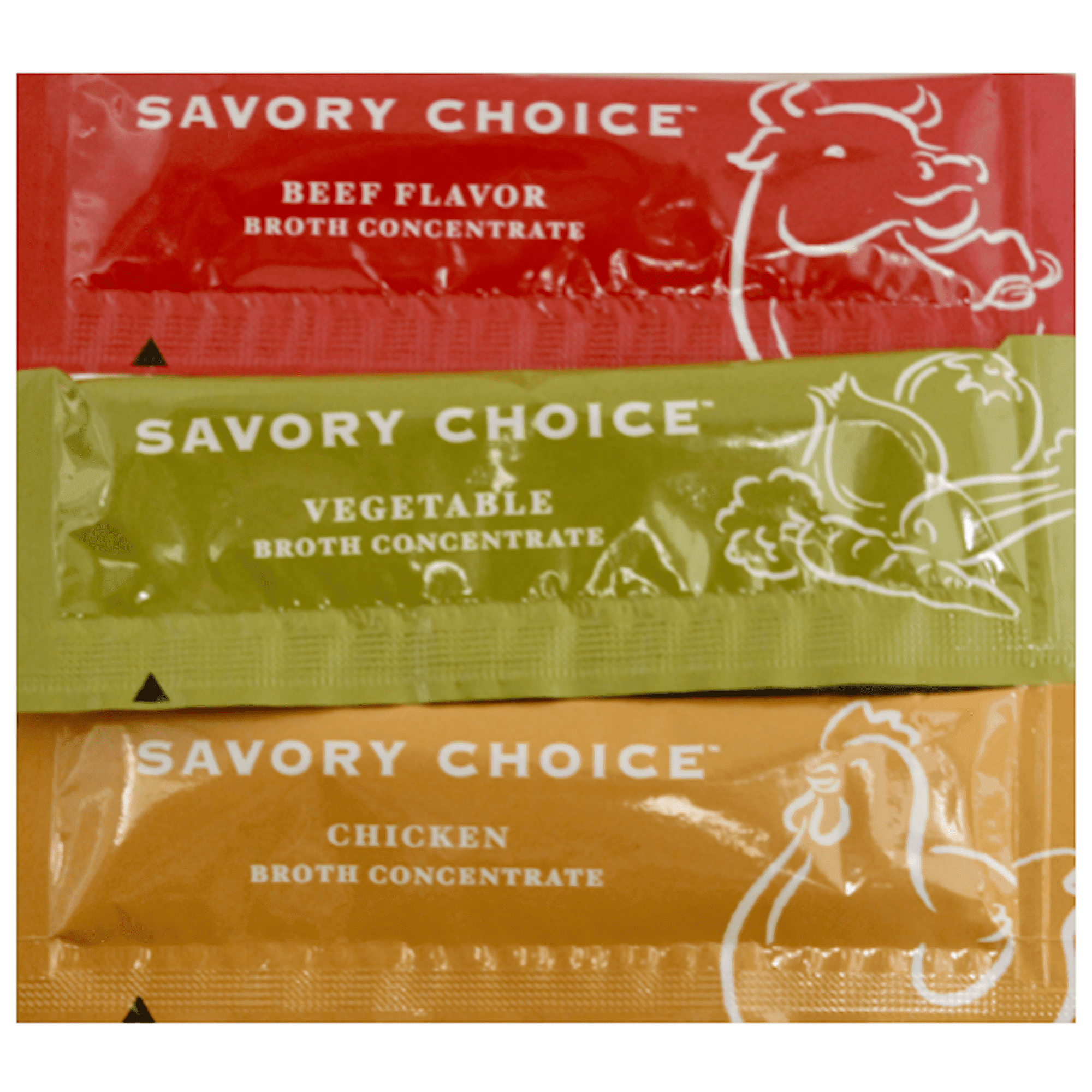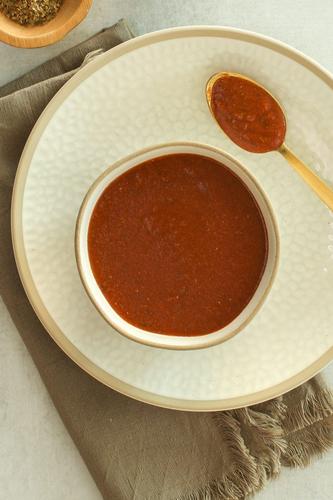SOUPS
Stock
Stock is a foundational liquid used in a variety of culinary dishes, particularly soups, stews, and sauces. It is crafted by simmering a combination of animal bones or fish remnants, vegetables, herbs, spices, and water, then straining the mixture to obtain a clear, robust liquid that is rich in flavor, nutrients, and collagen derived from the bones.
Making stock at home allows for greater control over the quality, taste, and more importantly, the sodium content, compared to store-bought options. Homemade stock can be prepared in advance and stored in the fridge or freezer for later use, providing a convenient base for various recipes and an easy way to elevate the flavor profile of dishes.
49%
CARBS
17%
FAT
35%
PROTEIN
503 Stock Products
Millie's Sipping Broth - Vegetable Broth -Natural-Gluten Free-Keto Friendly Tomato Basil 12 Count Box
bettergoods Plant-Based Organic Vegan Protein Broth
H-E-B Chicken Concentrated Broth
Ma Collis Home Style Fully Cooked Beef in Broth
Brodo Classico Granulare con sale iodato
Acid League Pho Broth Concentrate
Ikan-Bilis Anchovy Stock
Savory Creations Savory Choice Liquid Broth Concentrate, 12 ea
Boon Broth - Golden Savory Vegan Broth
Savory Choice Broth Bundle Chicken Broth, Beef Broth, Vegetable Broth Low Sodium, 30 Pack
Used In 3 Recipes
Stock Is Frequently Used With
Stock FAQ
What is stock?
What ingredients do I need to make stock?
Do I need to roast the bones and vegetables before making stock?
Can I use store-bought broth instead of making my own stock?
What is the best way to store leftover stock?
Can I use vegetable scraps to make stock?
How long should I simmer the stock?
How can I skim the fat off the top of the stock?
Expiration & Storage Tips
When does Stock expire?
Unopened store-bought stock typically has a solid shelf life and should be good for 1-2 years if the packaging is undamaged and stored in a cool, dark place like a pantry. Once opened, it should be kept in the refrigerator and consumed within 4-5 days. For homemade stock, it's a bit different. You should use it within 3-4 days when stored in the fridge. If you freeze it, homemade or store-bought, it can last up to 4-6 months before it starts to lose its taste.
How do you tell if Stock is bad?
Firstly, if the packaging is bulging, leaking or has a strong unusual smell, discard it; these are signs of bacterial activity which is often harmful. For opened or homemade stock, the best method is to smell the stock. If it has a bad odor, sour taste, or if you see signs of mold, it's better to be safe and throw it away. Also, if its color gets darker, it's best not to use it.
Tips for storing Stock to extend shelf life
• Keep unopened stock in a cool, dark place like a pantry.
• For opened or homemade stock, store it in the refrigerator in an airtight container.
• If you're planning on freezing the stock, make sure to leave space at the top of your container for it to expand as it freezes. A handy trick is to freeze stock in ice cube trays, once frozen, move the cubes to a freezer bag for easy portioning.
• To defrost, place in the refrigerator overnight or use the defrost function on your microwave.
EXPIRES WITHIN
19 - 29
MONTHS
Substitutes

Lamb Stock

Bone Broth

Reduced Sodium Chicken Broth

Vegan Chickenless Broth
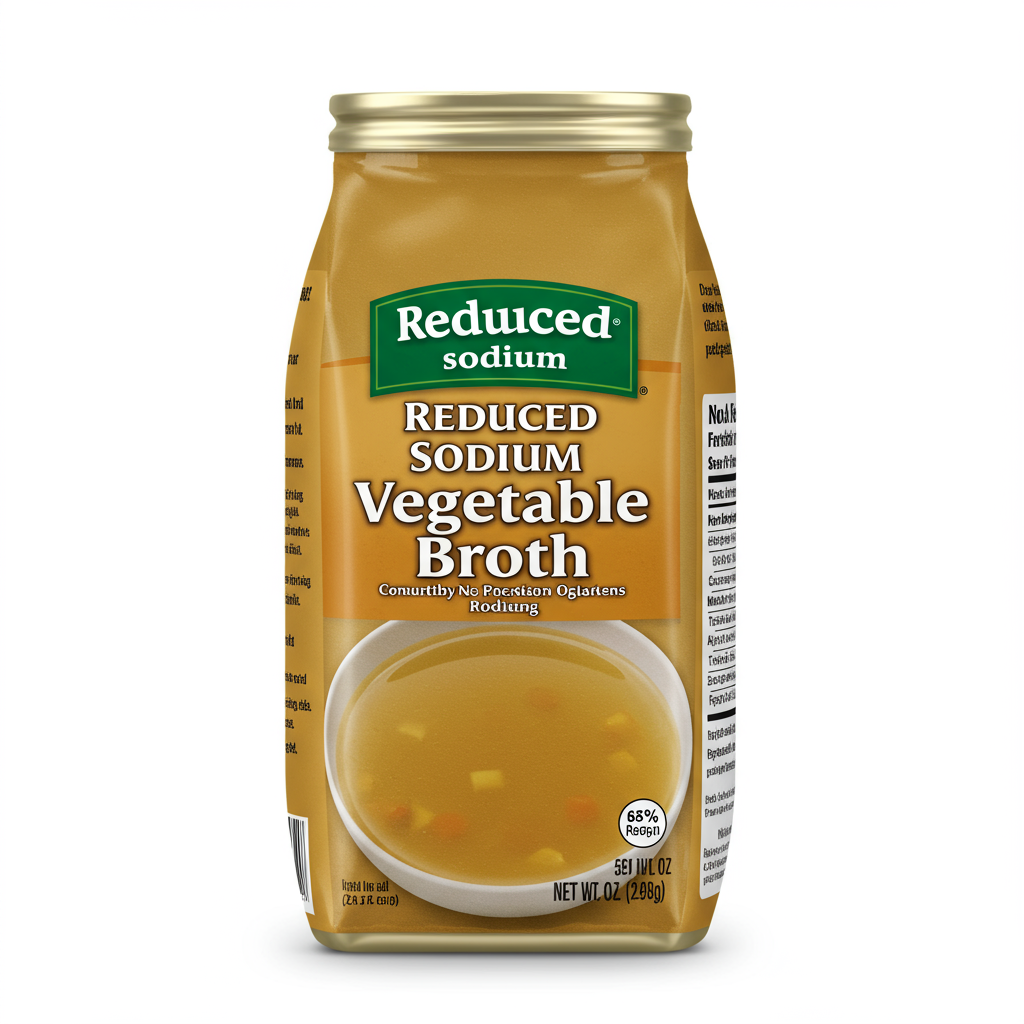
Reduced Sodium Vegetable Broth

Reduced Sodium Beef Broth

Vegan Beefless Broth

Turkey Stock

Beef Bone Broth Concentrate

Mushroom Broth
See All
Health Info
Macros
8g
CARBS
2g
FAT
6g
PROTEIN
Allowed on these diets
LOW FAT
HIGH CALCIUM
VEGETARIAN
KETO
PALEO
WHOLE 30
MEDITERRANEAN
LOW CARB
VEGAN
LACTOSE FREE
GLUTEN FREE

